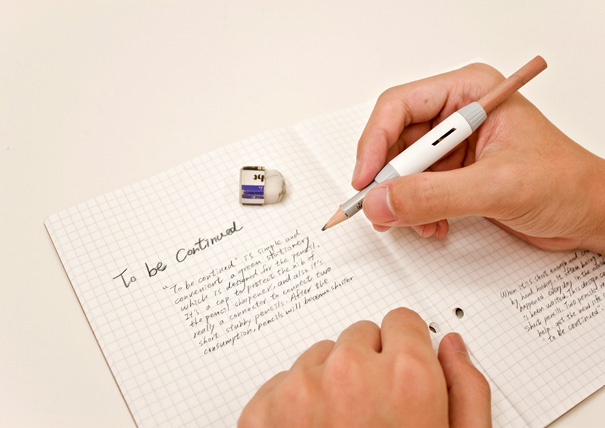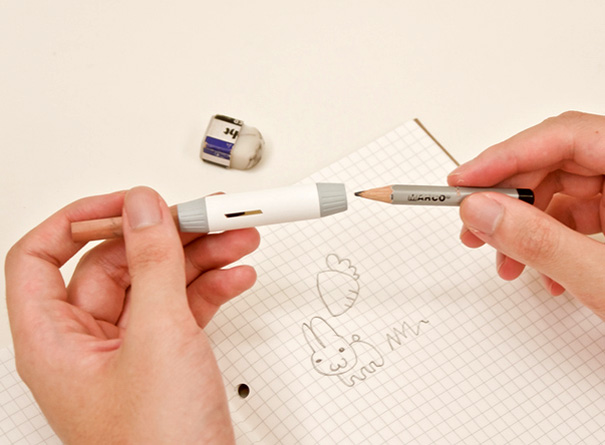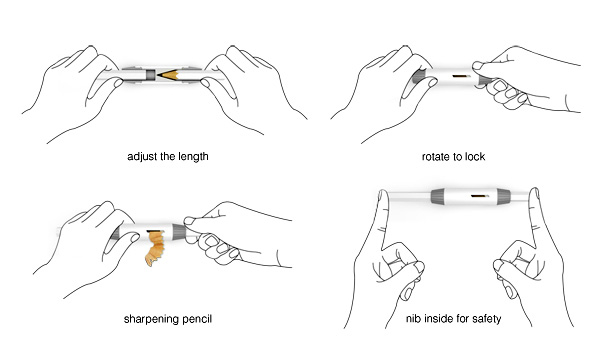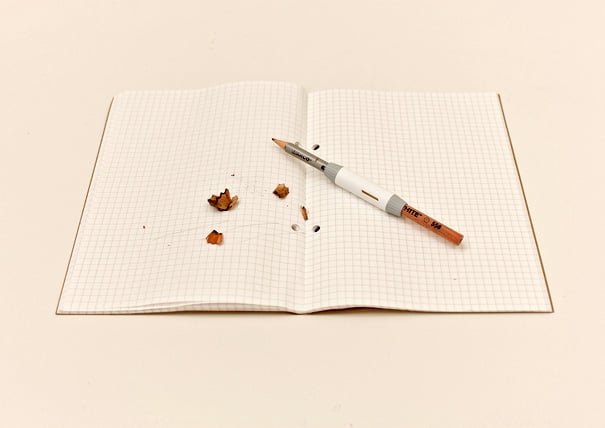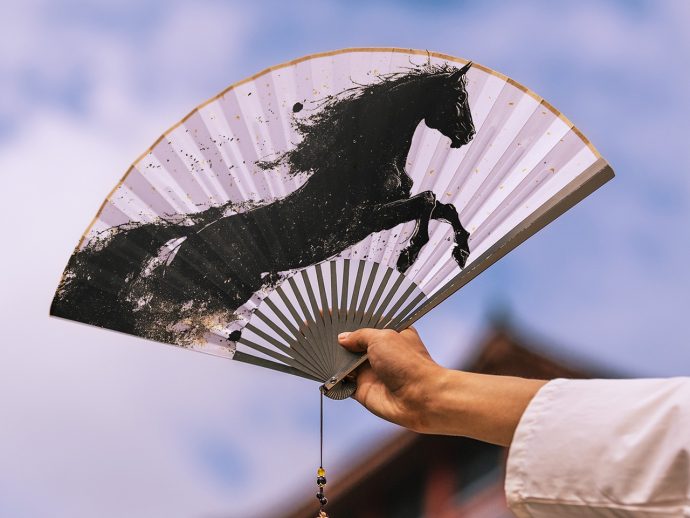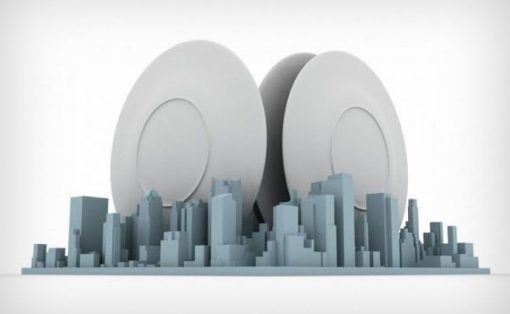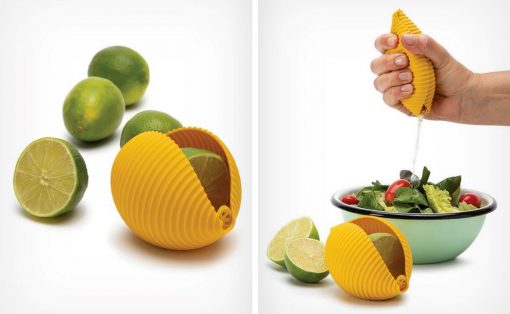On one hand we have the Continuous Pencil where the stub is fashioned to fit into a wooden stick to lengthen it. And on the other hand we have the simple 1 + 1 = 1 Pencil, where a plastic tube connects two stubs to make one long pencil. In Lesson #3 we have To Be Continued, a plastic extension with the added functionality of a sharpener. Once again designers iterating the need to use a pencil to it’s very last bit and I totally agree with them.
Designers: Cheng-Tsung Feng & Bo-Jin Wang
to be continued 60sec from Feng,Cheng-Tsung on Vimeo.
